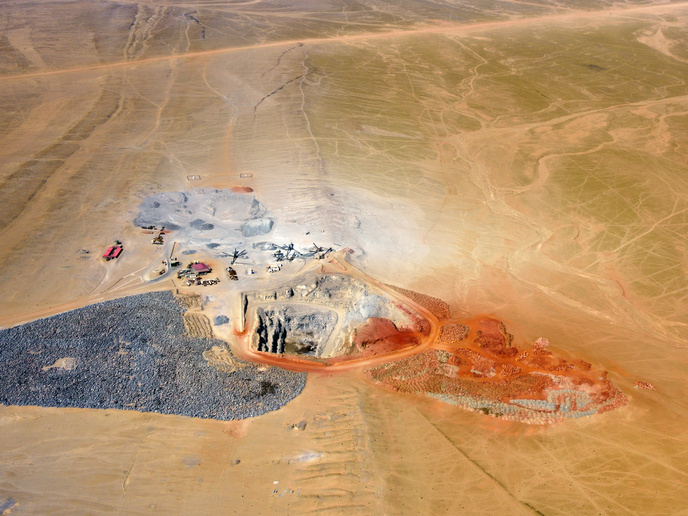Exploring investment opportunities in Namibia’s mining sector
A recent case study assessing the investment potential of Namibia’s mining sector provides valuable insight into Europe’s goal to form strategic partnerships with African nations. The report is part of the EU-funded AfricaMaVal project that is building responsible and sustainable EU-Africa partnerships for sourcing critical raw materials (CRMs) needed for Europe’s energy and digital transitions.
Mining for the future
Namibia is a developing, middle-income country that has seen significant growth in the past three decades. Mining is considered the backbone of the country, contributing significantly to job creation and income generation. In the past, diamonds and uranium took the lead in the country’s commodities sector. Today, there are various investment opportunities in materials such as tin, lithium, tantalum, graphite and rare earth elements on a small to medium scale. Interesting mining areas identified in the Namibia report include the Kunene region (cobalt, copper, rare earth metals, iron ore and nickel-copper-cobalt-platinum group element mineralisations) and the Erongo region (lithium, rare earth elements, tin and tantalum). Investments such as the Southern Namibia Mapping Program show the government’s commitment to increasing its geological database and attracting mining investment. The case study outlines Namibia’s potential output of extended critical raw materials (ECRMs), defined within AfricaMaVal as all the CRMs on the EU’s 2020 Critical Raw Materials List except for coking coal and natural rubber, with the addition of copper, nickel, tin and manganese. It shows the ECRM value chain, highlighting bottlenecks and potential investment opportunities in the chain. The report also offers insight into financing regulations, including taxation and royalties, and provides an overview of the macroeconomic and political contexts for in-country financing. In addition, Namibia’s social, environmental and governance challenges are discussed, including mining practices compared with environmental, social and governance goals. The report touches on Namibia’s robust legal framework and a mining jurisdiction known for its good geological database and clear environmental regulations, contrasting these advantages with a high taxation environment, trade barriers and an uncertainty about protected areas.
Partnering for growth
The Memorandum of Understanding signed by the EU and Namibia in 2022 highlights both parties’ interest in forming a strategic partnership on sustainable raw materials and green hydrogen. At a workshop held to discuss investment opportunities and challenges based on the case study’s findings, EU Ambassador to Namibia, H.E. Ana Beatriz Martins stated: “The EU remains committed to its partnership with Namibia on sustainable, clean, and inclusive economic growth. The promotion of local value generation and sustainable value chain integration between Namibia and the EU are at the core of this partnership.” The Namibian report is one of 10 in-depth case studies carried out under AfricaMaVal (Building EU-Africa partnerships on sustainable raw materials value chain), the other nine African countries being the Democratic Republic of the Congo, Gabon, Madagascar, Morocco, Mozambique, Senegal, South Africa, Tanzania and Zimbabwe. All 10 countries’ assessments are included in the full report available on the project website. For more information, please see: AfricaMaVal project website
Keywords
AfricaMaVal, Namibia, mining, critical raw material, extended critical raw material



